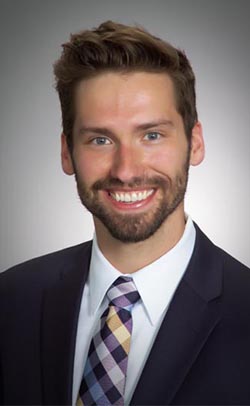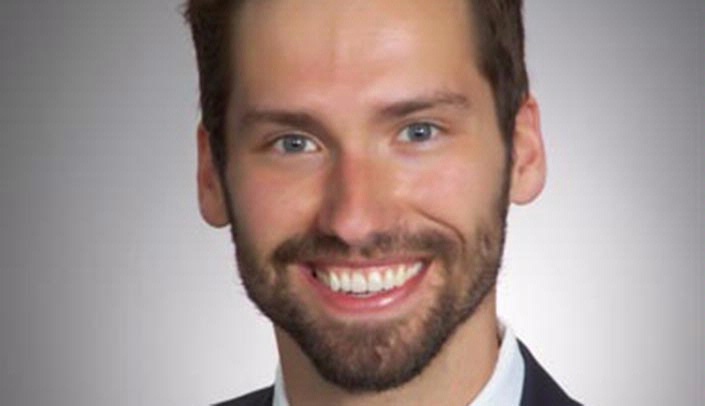 |
R. Logan Jones |
That was the consensus reached by three medical students in their invited commentary published this month in Academic Medicine, the peer-reviewed journal of the Association of American Medical Colleges.
R. Logan Jones, chair of the American Medical Association Medical Student Section Committee on Medical Education and a fourth-year medical student at UNMC, co-authored the article with Jesse Burk-Rafel, a fourth-year medical student at the University of Michigan Medical School and the primary representative for the AAMC Organization of Student Representatives, and Janice L. Farlow, an eighth-year M.D., Ph.D. student at the Indiana University School of Medicine, who serves on the AAMC board of directors.
The students wrote the article summarizing more than 200 letters to the editor submitted after Academic Medicine issued a call last August for letters authored by medical students or residents on topics ranging from curricular changes to the learning environment.
Students, Jones said, have a unique perspective, are passionate and eager to be actively engaged and help formulate new ideas.
Having a foot in both worlds — as a student and with just enough training in medicine — makes students the perfect advocates for change, Jones said.
“There could be more purposeful engagement of students in this discussion but what ends up happening is that students are brought in after the ball has already started rolling on changes,” he said. “As the consumers of education, ensuring that learners are at the table for discussions on how education is shaped for the future is critical.”
One topic that stood out among the letters they read was the issue of burnout.
Jones said there is tremendous interest among students on the topic of burnout, most of which is driven by the prospect of entering a profession where some specialties are reporting greater than 50 percent burnout rates.
Jones notes that more emphasis has been on changing the work and learning environment as a method to reduce burnout.
“The change has to be cultural,” he said. “The medical profession created the environment we’re in today.”
To read the entire journal article, click here.
To listen to a podcast interview with the authors, click here.
